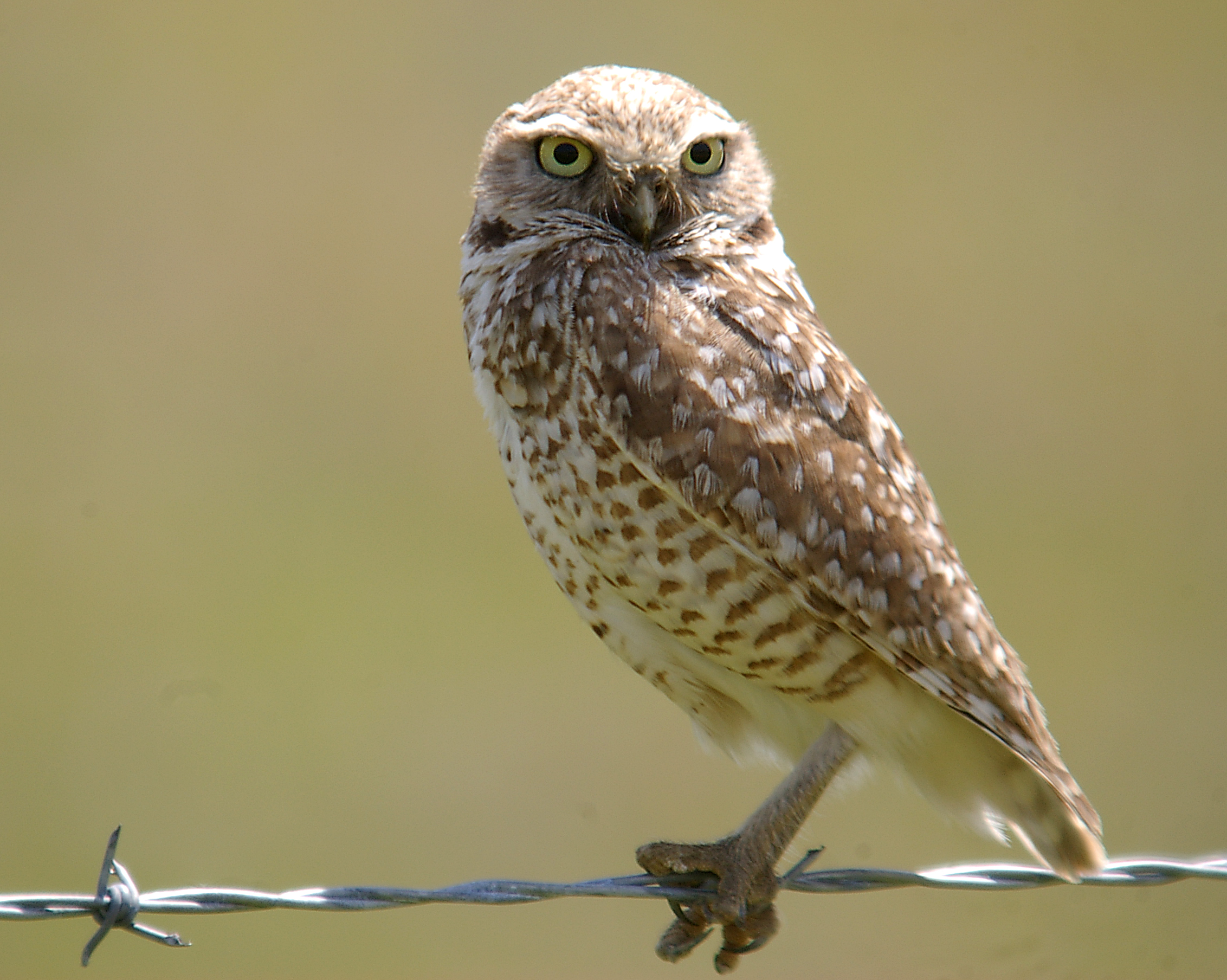**Local Wildlife Center Rescues Burrowing Owl from Garrison Bight** The Key West Wildlife Center recently rescued a burrowing owl from the waters of Garrison Bight. This pint-sized bird is a threatened species in Florida and spends most of its time on the ground, using its sandy brown plumage as camouflage. Burrowing owls live in single pairs or colonies and use burrows year-round. They may dig their burrows or use abandoned burrows from other animals. The rescue of this burrowing owl is a reminder that these birds are vulnerable and need our help. If you see a burrowing owl in distress, please contact the Key West Wildlife Center or another local wildlife rehabilitation center. **Burrowing Owl Facts** * Burrowing owls are small, about nine to twelve inches tall, with a wingspan of twenty-one to twenty-four inches. * They have long, lean legs and large feet that help them run and dig. * Their plumage is sandy brown with streaks and spots, providing them with excellent camouflage in their natural habitat. * Burrowing owls are carnivores, eating primarily insects, small rodents, and reptiles. * They are most active at dawn and dusk. * Burrowing owls are territorial and will defend their nesting territory aggressively. * Burrowing owls are a threatened species in Florida due to habitat loss and degradation. * It is illegal to harm, harass, or take burrowing owls or their nests. If you are interested in helping burrowing owls, you can: * Donate to the Key West Wildlife Center or another local wildlife rehabilitation center. * Volunteer your time to help with burrowing owl conservation efforts. * Educate others about the importance of burrowing owls and their conservation.
**Local Wildlife Center Rescues Burrowing Owl from Garrison Bight** The Key West Wildlife Center recently rescued a burrowing owl from the waters of Garrison Bight. This pint-sized bird is a threatened species in Florida and spends most of its time on the ground, using its sandy brown plumage as camouflage. Burrowing owls live in single pairs or colonies and use burrows year-round. They may dig their burrows or use abandoned burrows from other animals. The rescue of this burrowing owl is a reminder that these birds are vulnerable and need our help. If you see a burrowing owl in distress, please contact the Key West Wildlife Center or another local wildlife rehabilitation center. **Burrowing Owl Facts** * Burrowing owls are small, about nine to twelve inches tall, with a wingspan of twenty-one to twenty-four inches. * They have long, lean legs and large feet that help them run and dig. * Their plumage is sandy brown with streaks and spots, providing them with excellent camouflage in their natural habitat. * Burrowing owls are carnivores, eating primarily insects, small rodents, and reptiles. * They are most active at dawn and dusk. * Burrowing owls are territorial and will defend their nesting territory aggressively. * Burrowing owls are a threatened species in Florida due to habitat loss and degradation. * It is illegal to harm, harass, or take burrowing owls or their nests. If you are interested in helping burrowing owls, you can: * Donate to the Key West Wildlife Center or another local wildlife rehabilitation center. * Volunteer your time to help with burrowing owl conservation efforts. * Educate others about the importance of burrowing owls and their conservation.
**Introducing Burrowing Owls: The Underground Raptors** Prepare to be amazed by the peculiar wonders of burrowing owls, a unique species of owls that live and nest underground, unlike their tree-dwelling counterparts. These captivating birds are petite and sandy-colored, adorned with striking bright-yellow eyes that illuminate their surroundings. Burrowing owls inhabit burrows that they meticulously excavate, earning their species name "cunicularia," derived from the Latin term for "burrower" or "miner." Burrowing owls stand out for their exceptional adaptability and preference for underground nesting. While owls are typically associated with trees, these remarkable creatures have evolved to thrive in burrows dug by themselves or other animals, including prairie dogs and ground squirrels. By utilizing these burrows, burrowing owls gain protection from predators and harsh weather conditions, creating a cozy and secure haven for raising their young. As nature's diligent excavators, burrowing owls play a vital role in maintaining the delicate ecosystem balance. Their burrows provide vital shelter for other wildlife, especially during periods of extreme heat or cold. Moreover, the owls' excavation activities enhance soil aeration and drainage, benefiting the surrounding flora and fauna. These intriguing birds have captured the fascination of wildlife enthusiasts and conservationists alike. Their unique behavior, captivating appearance, and pivotal ecological role make burrowing owls a testament to the remarkable diversity and adaptability of the natural world.
As their name suggests burrowing owls live and nest. Owls are unmistakable birds and that goes double for a long-legged owl that hunts on the ground. WEB Basic facts about Burrowing Owl Lifespan distribution and habitat map lifestyle and social behavior mating..
WEB Book your tickets online for Burrowing Owl Estate Winery Oliver See 465 reviews articles and 212 photos of. WEB Book your tickets online for Burrowing Owl Estate Winery Oliver See 465 reviews articles and 212 photos of. 5 of 64 things to do in Oliver. WEB Jul 9 2023 - Its All About The Wine Balance is a time-honored goal in the making of premium wines and working..


Comments